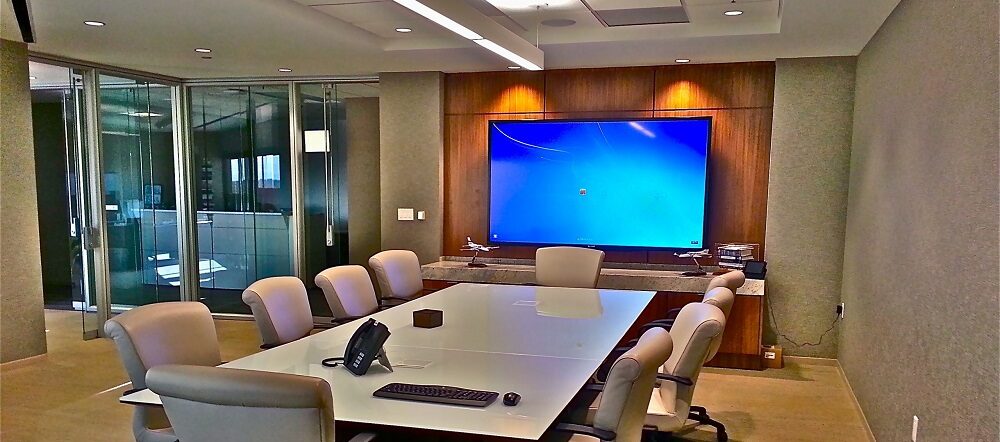Ideal Tactics for Placing Security CCTV to Enhance Surveillance Efficacy

Placing surveillance cameras effectively efficiently is essential to enhancing monitoring in various environments, such as homes, businesses, as well as community spaces. The primary objective of security cameras is to deter crime and offering proof during instances of incidents. To achieve this, it becomes important to take into account several elements, including camera placement, range of vision, as well as the specific zones that require monitoring. By understanding these elements, people and entities can create a comprehensive surveillance plan that maximizes the efficacy of their surveillance systems.
One of the first actions in placing security systems involves to determine critical locations that need surveillance. Vulnerable zones, including entrances, exit points, parking areas, and locations with high-value items, should be given priority. It is crucial to take into account areas not visible, that are locations that may not be seen from certain perspectives. By mapping out these critical areas, surveillance staff can ensure that all corner remains observed, reducing the chances of illegal activity going undetected. Additionally, installing cameras at key locations can help form a comprehensive view of the premises, allowing for improved overall surveillance coverage.
The viewing angle of a surveillance camera remains another important element to consider. Various types of cameras offer different ranges of view, that can influence how much area is captured in the video. For example, wide-angle cameras can monitor larger spaces, making them ideal for open areas, while pan-tilt-zoom systems can be modified to focus on specific features. When positioning surveillance systems, it is important to select the appropriate kind based on the location being monitored. This ensures that the system can capture sharp footage and provide important data in case of an incident.
Elevation and angle of installation also play a significant role in the effectiveness of security systems. Surveillance systems must be installed at a height that is out of grasp of possible tampering but still allows for unobstructed viewing of identifying features and additional recognizable features. A common recommendation is install cameras at least eight to ten feet off the floor. Additionally, the tilt at which the camera is set can impact its capability to capture important details. Surveillance systems should be tilted to reduce glare and avoid obstructions, ensuring that they can record clear footage at any moments.
Finally, routine maintenance and improvements to the surveillance system is crucial for long-term efficacy. This entails inspecting system functionality, wiping optics, and making sure that firmware is current. Regular evaluations of the monitoring strategy can assist identify any additional blind spots or locations that may need additional coverage. By remaining proactive and making necessary best security camera installation adjustments, people and organizations can improve their monitoring efficacy and ensure that their security systems continue to serve their designated purpose.